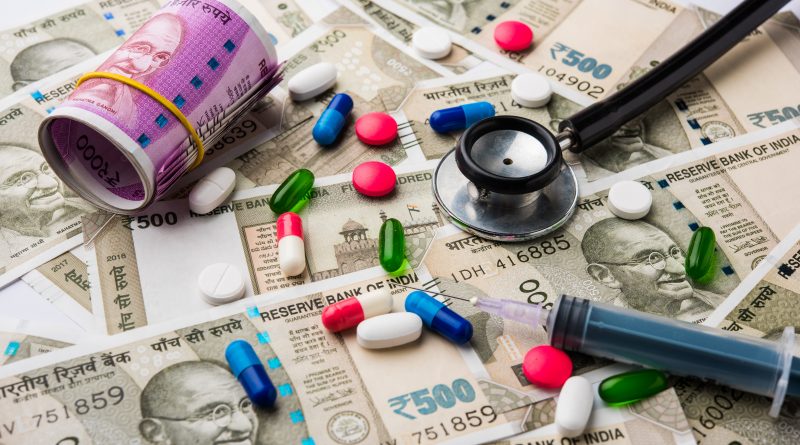GROWTH ORIENTED BUDGET FOR HEALTH SECTOR
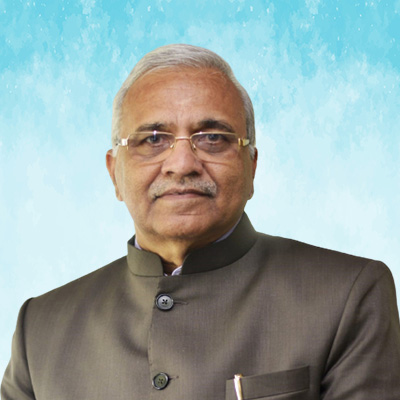 At the outset, Association of Healthcare Providers India (AHPI) welcomes the enhancement in central capital expenditure by huge margin of 35.4%. Fiscal deficit also is pegged at 6.4 percent…..
At the outset, Association of Healthcare Providers India (AHPI) welcomes the enhancement in central capital expenditure by huge margin of 35.4%. Fiscal deficit also is pegged at 6.4 percent…..
By Dr Girdhar Gyani
According to Dr Girdhar Gyani, Director General, the union budget, 2022 makes it as Growth Oriented Budget. Although AHPI was expecting direct mention of increase in budget for healthcare but we realize that growth in healthcare sector today is interlinked to other industry sectors. For example, as building of 25000 km new roads will incentivize building of health infrastructure in remote locations.
Similarly laying of optical fiber in all villages will also boost the telemedicine, which is need of hour. Budget has of course specifically mentioned about National Digital Health Mission and setting up of National Health Registry for health establishments etc. and which also will cater to establishment of Electronic Health Records, which is key component in health reforms.
Similarly, government intent of focus on setting up of 23-mental health centers is welcome step in general and more specifically for long COVID patients.This initiative will also have associate new Indian Institute of Information Technology at Bangalore, which will help in counselling of patients suffering with mental related ailments across nation.
An open platform aims to accelerate digital health push including;
Digital registries of health providers,
Easy access to health facilities, and
Unique health identity
National Tele Mental Health Program will aim at;
Improves access to quality mental health counseling and care services
Includes a network of 23 tele mental health centers of excellence with NIMHANS as the nodal center
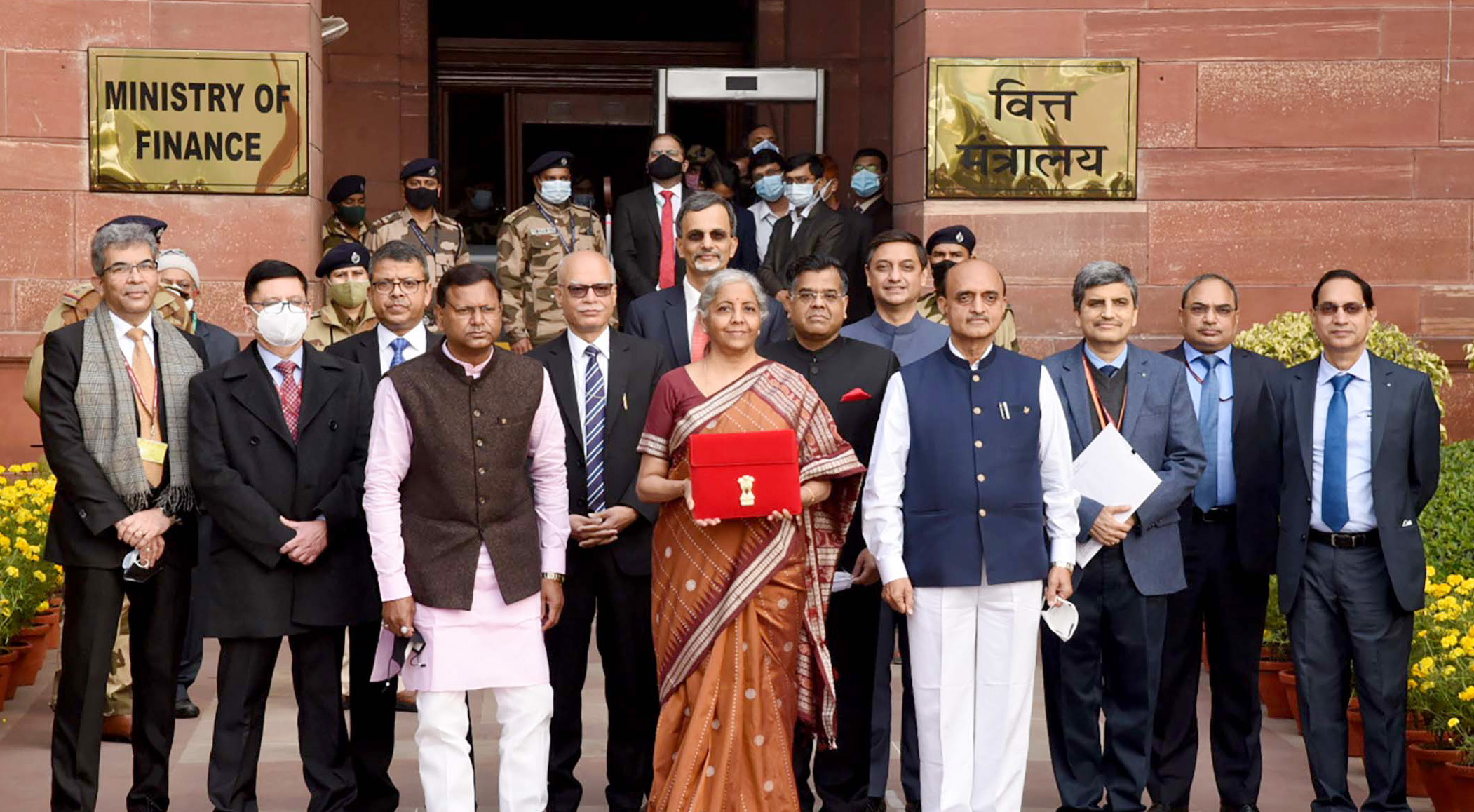
The expenditure on health sector is pegged at 86606 crores compared to 75000 crores in current year, which is marginal increase but coupled with overall increase in capital expenditure, it is hoped that healthcare sector will get boost. Provision of 1-lakh crore interest free loan to states will also have positive impact on spending on healthcare infrastructure by states.
AHPI has been strongly favoring opening up of 100-bedded tertiary care hospitals in Tier-III citiesto extend real benefit of PMJAY (AYUSHMAN BHARAT) to underprivileged population in these regions and this provision to states will hopefully hasten the infrastructure in tier-III cities. AHPI welcome up-gradation plan for 2-lakh ANGANWADI Centers, which will have positive impact on promotive and preventive health. Similarly specific allocation for clean tap water will help in improving preventive health aspects of marginalized population.
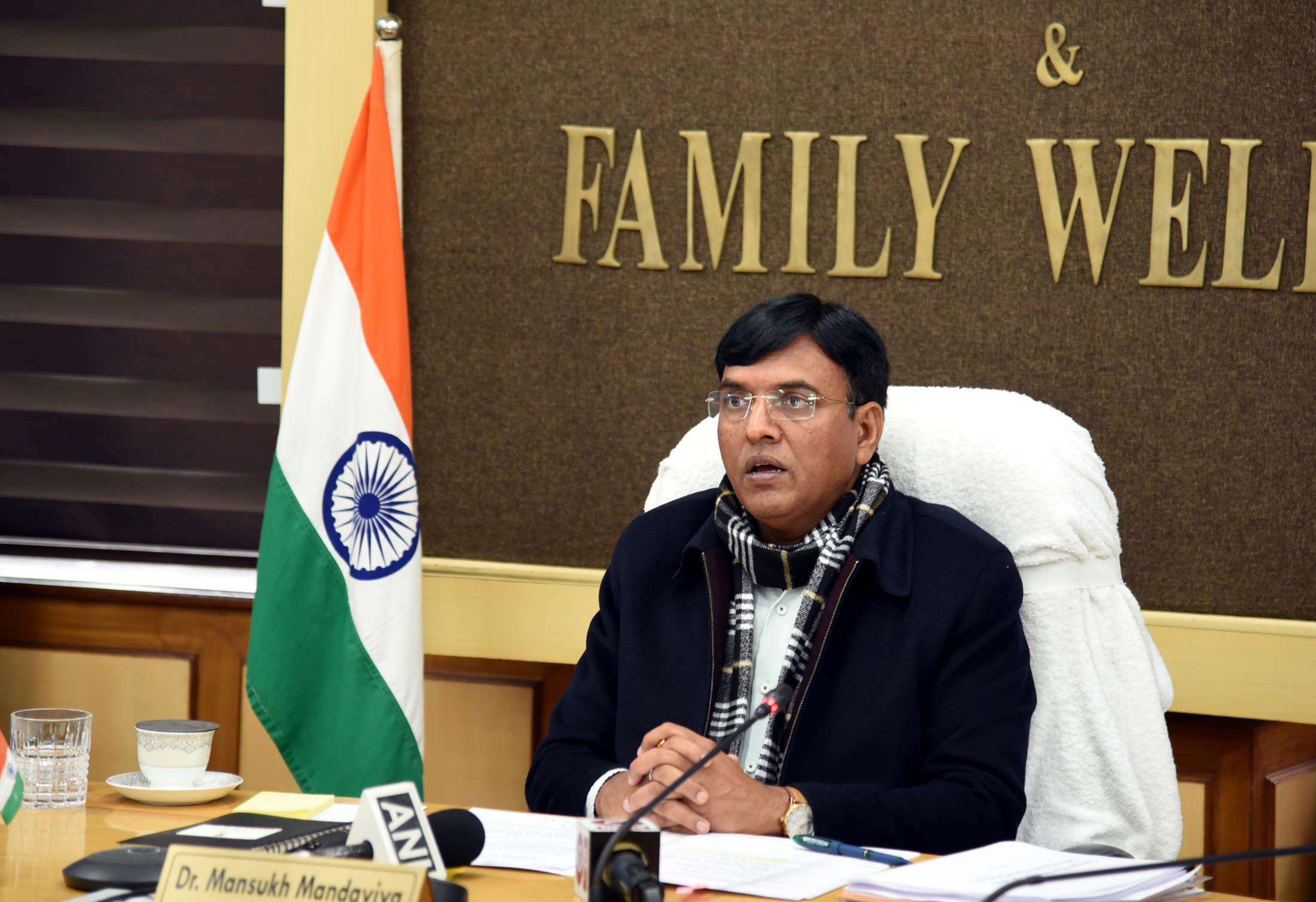
AHPI had specifically suggested for urgent enhancement in healthcare infrastructure by way of hospital beds and man power including doctors, nursing staff and allied healthcare work force. India currently has 1.5 beds per 1000 population against norm of 3.5 beds and this can be possible only if government provides push through incentives in Tier-III cities. Similarly, AHPI had recommended urgent measures to increase number of specialists doctors for which AHPI recommends setting up of PG institute in each state.
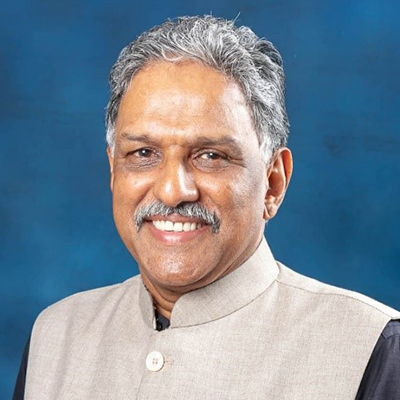 Dr Alex Thomas, President, AHPI, said, “Similarly, we need to enhance nursing strength through ANMs as they can continue for long time with built in career progression. Parliament had recently adopted Allied Health Professional Bill and there is huge potential in training healthcare workforce not only for our country but it has huge potential in supplying to entire globe and which will boost employment. Therefore, there is urgent need to provide budget for operational zing of the BILL.”
Dr Alex Thomas, President, AHPI, said, “Similarly, we need to enhance nursing strength through ANMs as they can continue for long time with built in career progression. Parliament had recently adopted Allied Health Professional Bill and there is huge potential in training healthcare workforce not only for our country but it has huge potential in supplying to entire globe and which will boost employment. Therefore, there is urgent need to provide budget for operational zing of the BILL.”
Key takeaways for the healthcare sector as such are as follows;
The speedy roll-out of the digital health mission
Launch of the tele-mental program
Need to focus on promoting R&D in the field of AI, Genome sequencing & Pharma
Need to strengthen healthcare infrastructure in tier 2-3 towns
Need to incentivize investments/PPP in delivery models like telemedicine, home care, etc.
Need to consider lowering the cost of financing capital, free flow of credit into the sector
Continue investment in incentivizing capacity build-up of supply-side levers through PPP.
(The author is Director General, Association of Health Care Providers India.)

